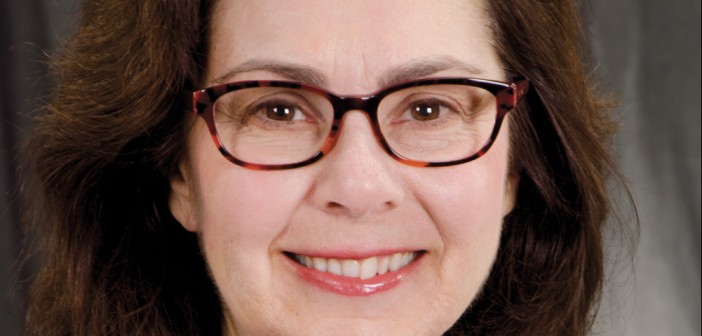A mother and her son help a researcher find purpose.
Like many medical students, Susan Hyman ’76 MD’79 initially chose her specialty based on an intellectual engagement with the topic, but it was a particular child who gave special meaning to her life’s work.
Hyman is double boarded in neurodevelopmental disabilities and developmental pediatrics, subspecialties that cover a broad group of patients including those with spina bifida, cerebral palsy, ADHD, and autism spectrum disorders. After her internship and residency in pediatrics at University of North Carolina Hospitals, she completed a fellowship in developmental pediatrics at Johns Hopkins Hospital. “Developmental pediatrics is a microcosm of all the things I found interesting about pediatrics: family systems, neurobiology, and the opportunity to make a difference,” she says.
During a visit from her friend and Brown roommate Karen Margulis London ’76, Hyman had a moment of clarity. When London’s 2-year-old son was diagnosed with autism, it became the impetus for Hyman’s increased focus on autism spectrum disorders. “A lot of my success had its roots in learning from Karen and her son,” Hyman says.
Today Hyman is professor of pediatrics and division chief of Neurodevelopmental and Behavioral Pediatrics
at the University of Rochester Medical School and chair of the American Academy of Pediatrics (AAP) subcommittee on autism. She received the 2013 Council on Children with Disabilities Arnold J. Capute Award, which is presented to an AAP fellow who has made a significant contribution to pediatric disabilities.
At the University of Rochester, which is an Autism Speaks Autism Treatment Network site, Hyman’s research includes the medical management of autism, the impact of diet and nutrition, and differentiating autism spectrum disorders from other developmental conditions.
There’s plenty of fodder for the research. “There are gaps in our understanding about the basic neurobiology of autism, what we understand about environmental and genetic predisposing factors, and how to marry what we observe when we treat the symptoms of autism with our understanding of the neurobiology,” she says. There are also societal gaps in providing effective treatment to all children and serving the increasing number of adolescents and adults diagnosed with autism, she adds.
Academic centers need continued support for translational studies related to autism, she says. “That is the only way to understand both prevalence and treatment.”
Hyman cautions that screening for and identifying autism early and treating its symptoms should in no way diminish the experience of people with autism. She points to Karen London as a model. “She took autism by the horns and now she has this wonderful, beautiful, mid-20s son who has modest language ability, but is happy and an integral part of their family,” Hyman says.




